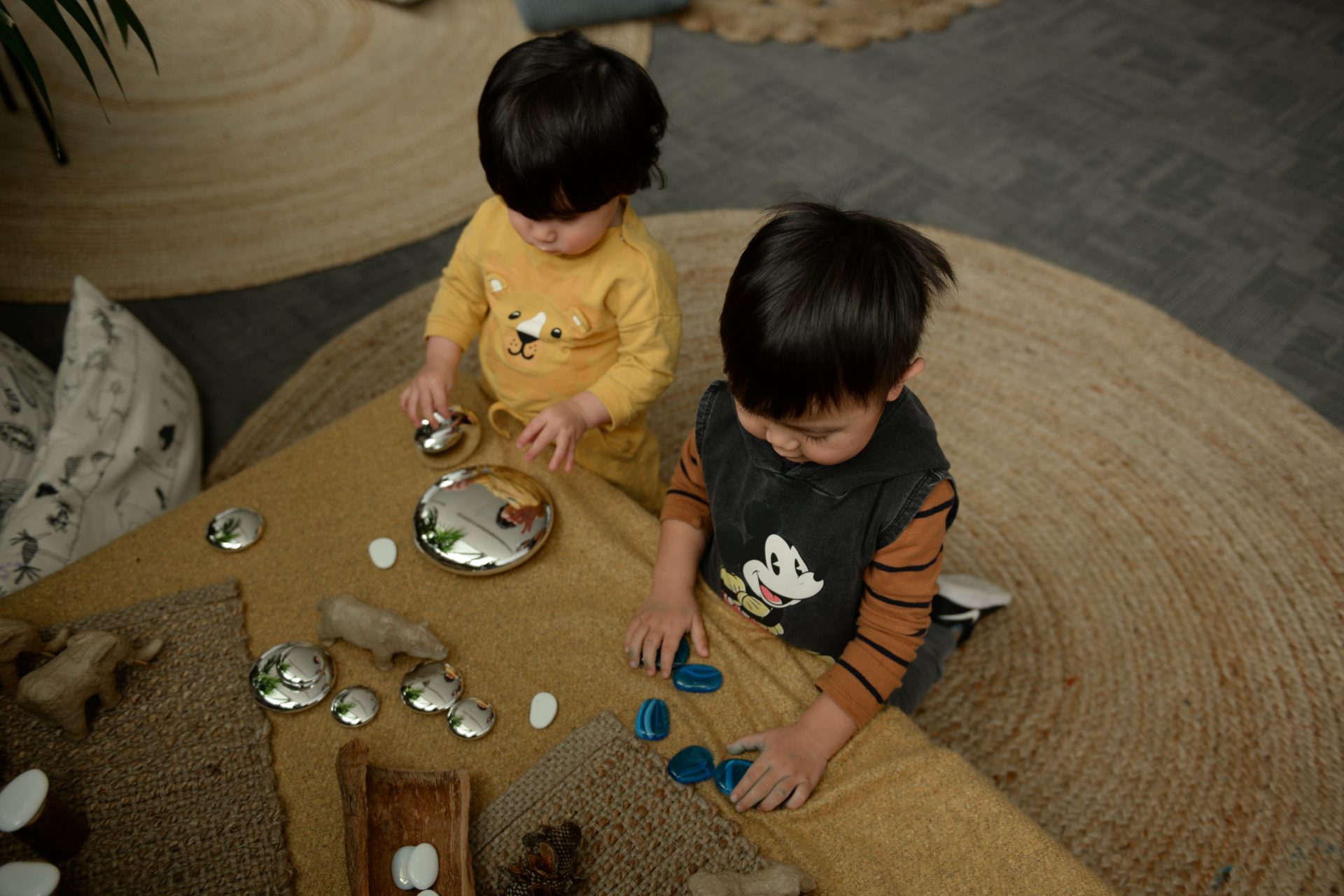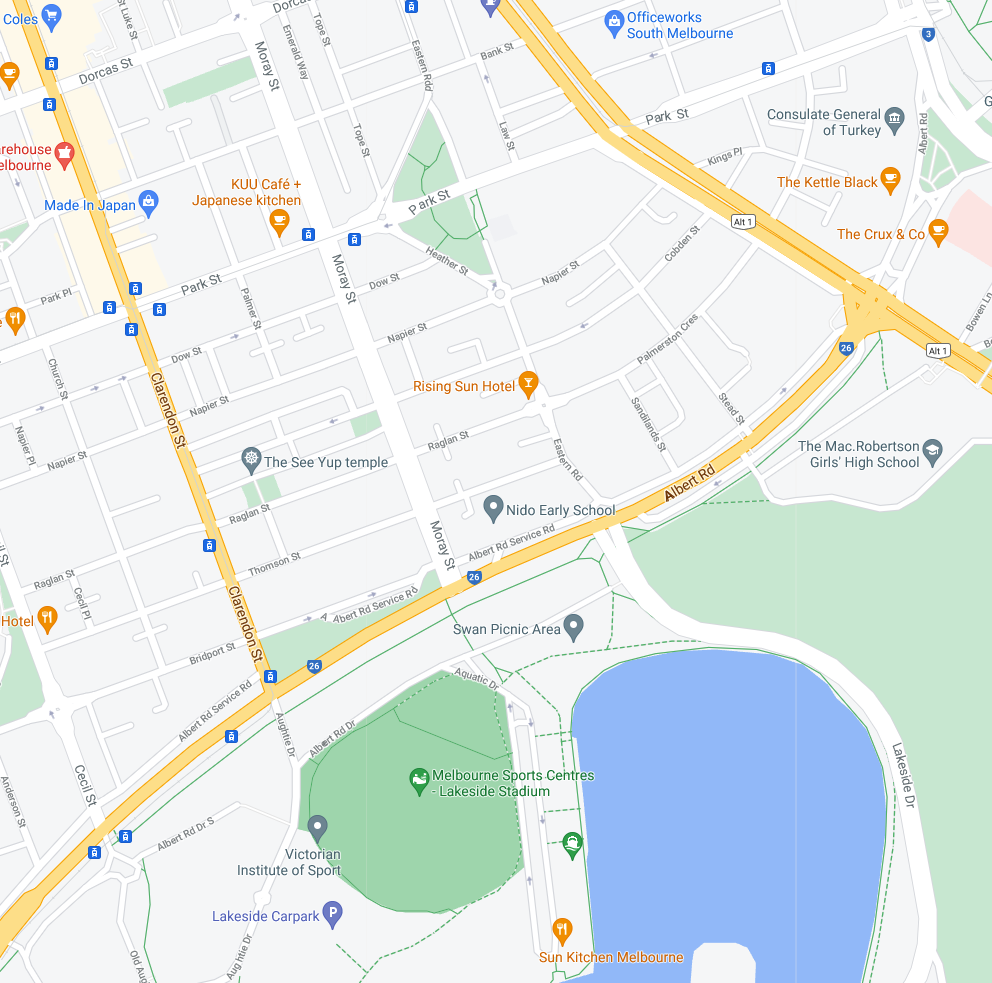
The Reggio Emilia philosophy is a holistic, play-based approach to preschool and primary education which has the child at the centre of the learning process. Children are active participants in the classroom and construct and direct their own curriculum according to their individual interests and curiosities.
Reggio Emilia is not an educational model with prescribed methodologies, but rather serves as an inspiration for early education environments and educators.
Are there specific Reggio Emilia schools?
Schools aren’t ‘accredited’ and educators aren’t formally trained, but are instead inspired and guided by the principles which saw this progressive approach come to life in a small Italian village after WWII and which has now grown into an acclaimed and highly successful educational philosophy right around the world.
But not everyone finds it easy to grasp the concept of child-directed learning. This is largely due to the fact that traditional education is based on systems where the teachers are in charge and where children learn by instruction, completing tasks which have expected outcomes.
Contrary to what some may think, the Reggio Emilia classroom isn’t chaotic. Children don’t run wild. The reality is that when they are encouraged to do things that interest them, bcvxfzgthings that pique their natural curiosity, the scale, scope and depth of their learning and comprehension are quite remarkable.
Let’s unpack the principles of this approach to give you a greater understanding.
A basic guide to Reggio Emilia
There are three core elements of Reggio Emilia namely the child, the teacher and the environment.
1. The child
Each child is seen as capable, resourceful, unique, naturally curious and capable of acquiring their own knowledge. They will forge their own paths of discovery according to what interests them.
In Reggio Emilia, children have many different ways of learning and communicating. This concept is beautifully illustrated in the poem, ‘The 100 Languages of Children’, written by the founder of Reggio Emilia, Loris Malaguzzi.
Whether it’s through language, drawing, painting, sculpting, singing, dancing, movement, acting, role-playing, pretend play, storytelling and everything in between, children express themselves and their understanding of the world around them in a multitude of ways.
2. The teacher
Teachers and parents are seen as co-learners and collaborators, encouraging every child’s independent learning. They aren’t ‘givers of knowledge’, but rather listen, observe, document, mentor and encourage the child to explore and discover things that interest them – and the teachers and parents themselves learn along the way too.
There’s no right or wrong way of doing things and teachers don’t set tasks that have to be completed. Instead, children are gently encouraged and supported to experiment and find their own solutions through creative thinking. Making mistakes is a crucial part of the learning process and much of the child’s learning is accumulated through research and problem-solving during open-ended projects.
Documentation is also a key aspect of the Reggio Emilia approach. Teachers have different methods of doing this, including taking pictures and displaying the child’s work for teachers, parents and other children to view and engage with.
3. The environment
The classroom environment is seen as the ‘third teacher’, enriching the child’s learning experience. That’s why you’ll find that Reggio Emilia inspired classrooms are welcoming, nurturing spaces filled with quality materials, readily accessible tools and diverse resources that promote uninterrupted ‘hands-on’ and comprehensive discovery.
But it’s not just about the four walls of the classroom. The outdoor environment and natural world are highly valued too and children are encouraged to move freely inside and outside the classroom as they pursue ideas and solutions at their own pace.
How does Reggio Emilia look in situ?
No two Reggio Emilia schools are the same and the very best way to visualise the philosophy is to experience it in person.
We welcome you to book a tour of one of our Evoke Early Learning childcare centres in Clayton or Albert Park so that you can get a feel for how a Reggio Emilia-inspired early learning environment works. We know that when you see our high-quality educational programmes that are based on each child’s interests, abilities, culture and strengths, it will be evident just why this is inclusive and child-centric approach brings out the best in each and every little person in our care.
Find out more at Evoke Early Learning or book a tour through our website. We’d love to meet you and your family!

Tracey is a highly qualified educator and administrator and brings a strong combination of academic achievement, extensive work experience in the education and business sectors as well as drive and passion to her role as General Manager of Operations at Evoke Early Learning.
Tracey has a Master of Education and an Advanced Diploma of Business and holds VIT Dual Registration to teach in Early Childhood and Primary School settings. She’s also a VIT Trained Mentor Teacher and has worked in ECEC settings as a Director, Educational Leader and as a Victorian Senior Area manager. Her recognition as a state finalist in the recent Director of the Year Awards is testament to her achievements in the early education sector.
Her extensive work experience also included a stint as Head of Curriculum at the Royal Children’s Hospital Education Institute and positions as head of ICT at a number of large primary and secondary schools. Tracey is also experienced in not-for-profit sessional kindergarten settings and long daycare environments, so she has a deep understanding of what’s required to support the needs and expectations of young children, educators, parents and caregivers.
Tracey is responsible for operational management at Evoke Early Learning’s Clayton centre in Oakleigh East and their Albert Park centre in South Melbourne and is deeply committed to leading and driving effective and sustainable service delivery throughout the company.
Tracey is passionate about making a meaningful difference to young children, their parents and the wider community and under her expert guidance, Evoke Early Learning is continuing to raise the bar in quality early education and childcare.


